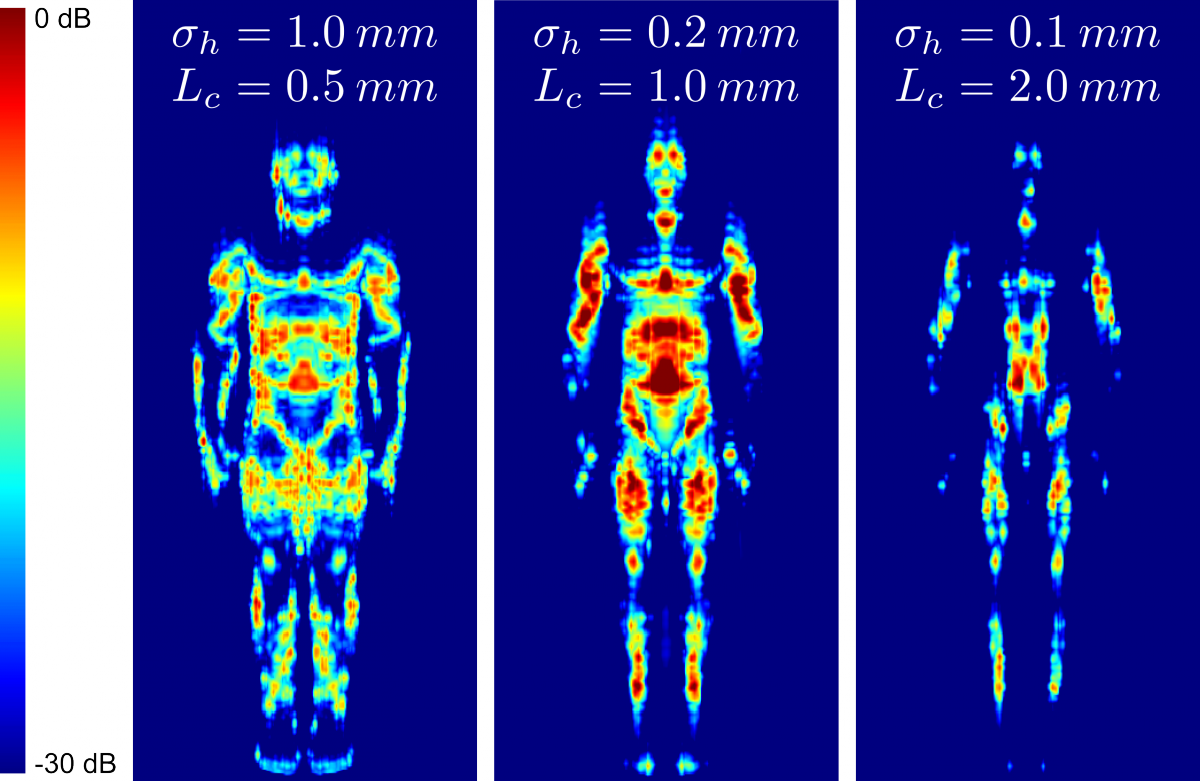
News
Youtube Kanal CG
Processing and Visualization of THz Data
The THz-range is a promising new part of the electromagnetic spectrum for getting additional information from a scene or an object that cannot be gained from imaging techniques working in or near the visible spectrum. Non-intrusive security screenings or material detection are possible applications. As a use case, the data of a hybrid synthetic aperture scanner is used. The acquired data needs to be reconstructed in a mechanically scanned dimension and two synthetic aperture dimensions. The object is screened from different acquisition directions. The acquired data needs to be combined to a consistent representation of the screened object for visualization. Therefore, a framework consisting of the modules simulation, reconstruction and visualization is developed.
The reconstruction module needs the most calculation time and is accelerated by an implementation on the GPU. It allows a real-time processing depending on the scanner properties like number of antennas or number of acquisition directions etc. The main goal is the improvement of the image quality with an analysis by synthesis approach. Therefore, the simulation module serves as an evaluation tool in a bidirectional manner. To recover a 3D representation of the scanned object, a fusion is implemented. It is based on interpolation and a geometrical configuration that allows to place the images geometrically correct. The intensity information of the discrete individually reconstructed synthetic aperture images is combined to a uniform volume grid to allow a fast visualization.
A volume-raycasting is used for visualizing the fused dataset. The combination of the THz data with the data of an optical camera which captures the scene as well leads to a multi-modal approach. To allow a matched projection of the optical image into the THz dataset, a calibration for the transformation between the coordinate systems of the cameras is used. In the context of security scanners, the use of an additional optical camera allows to protect the privacy of the examined human. An intensity thresholding allows to decide if the THz data or the optical data should be shown to the security staff.



